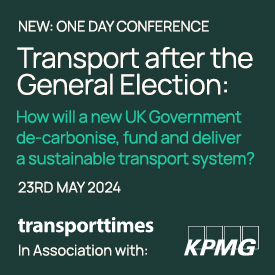New service aims to woo motorists to rail with faster journeys

FirstGroup has revealed it has submitted an application to launch a new, faster open access rail service between London and Sheffield via the East Coast Main Line.
It plans to operate two daily return journeys from London King’s Cross, calling at Retford, Worksop, Woodhouse and Sheffield. If approved, the proposed route will mark Sheffield’s first regular service from London King’s Cross since 1968 and provide Worksop with its first regular direct London train service in decades.
FirstGroup estimates that approximately 350,000 people in the Worksop and Woodhouse catchment areas will gain direct rail access to London through the new proposals. Many current rail users in these areas drive to Doncaster station for faster services to London, and a convenient rail offering from local stations aims to reduce these car journeys.
Current East Midlands Railway services between London St Pancras and Sheffield take around two hours to make the journey. FirstGroup has indicated that research has found nearly 75% of trips between London and Sheffield rely on cars, while 9% opt for coaches. The proposed competitively priced rail service intends to encourage a shift from road to rail as the preferred mode of transport.
We have seen the level of growth and opportunity that is possible with open access
FirstGroup said the venture would form part of its Hull Trains open access business. It said since it launched in 2000 it has grown the number of direct services between London and Hull from one to eight services a day. It also builds on the success of Lumo, FirstGroup’s second open access service, which launched in October 2021 between London and Edinburgh and has now carried over two million passengers since it launched.
“We have seen the level of growth and opportunity that is possible with open access,” said FirstGroup chief executive Graham Sutherland. “The new service will help to drive modal shift from road to rail by offering customers a more sustainable travel alternative between the two cities. We will be working closely with stakeholders as we build our case for this new offering.”
This article appears in the latest issue of Passenger Transport.
DON’T MISS OUT – GET YOUR COPY! – click here to subscribe!









